Home>Furniture & Design>Bathroom Accessories>How Long Does A Plastic Toothbrush Take To Decompose
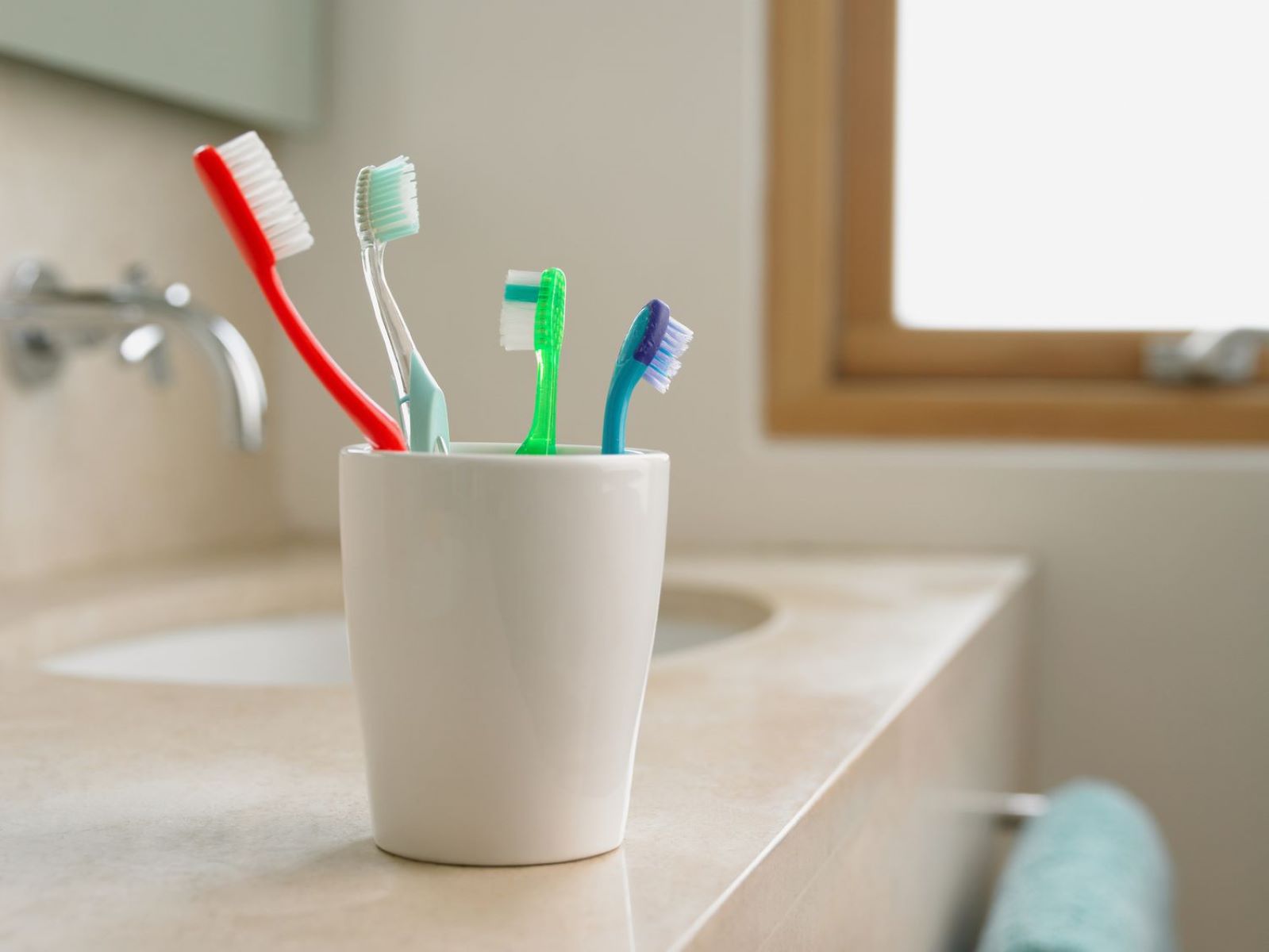

Bathroom Accessories
How Long Does A Plastic Toothbrush Take To Decompose
Modified: March 2, 2024
Discover how long it takes for plastic toothbrushes to decompose and make more eco-friendly choices for your bathroom accessories. Reduce environmental impact today!
(Many of the links in this article redirect to a specific reviewed product. Your purchase of these products through affiliate links helps to generate commission for Storables.com, at no extra cost. Learn more)
Introduction
Plastic toothbrushes have become an indispensable part of our daily oral hygiene routine. However, the environmental impact of these seemingly innocuous items is a growing concern. The longevity of plastic toothbrushes in the environment has raised questions about their decomposition process and the potential harm they pose to ecosystems. Understanding the decomposition of plastic toothbrushes is crucial in shedding light on their environmental impact and exploring sustainable alternatives.
Plastic toothbrushes are ubiquitous in households worldwide, with billions being used and discarded annually. The convenience and affordability of plastic toothbrushes have contributed to their widespread use, but the downside lies in their environmental persistence. Unlike organic materials that decompose relatively quickly, plastic toothbrushes can linger in the environment for hundreds of years, posing a threat to wildlife and ecosystems.
The decomposition of plastic toothbrushes is a complex process influenced by various factors such as the type of plastic used, environmental conditions, and microbial activity. As these toothbrushes break down, they release microplastics, tiny plastic particles that can infiltrate soil, water, and even the food chain, presenting a pervasive environmental challenge.
In light of these concerns, there is a growing interest in exploring sustainable alternatives to traditional plastic toothbrushes. By understanding the decomposition process of plastic toothbrushes and the environmental impact they pose, individuals and industries can make informed choices to minimize their ecological footprint.
The following sections will delve into the intricacies of plastic toothbrush decomposition, the factors affecting this process, and the environmental implications. Additionally, we will explore alternative toothbrush options that offer a more eco-friendly approach to oral hygiene. Through this exploration, we aim to raise awareness about the environmental impact of plastic toothbrushes and empower readers to make environmentally conscious choices.
Key Takeaways:
- Plastic toothbrushes take hundreds of years to decompose, releasing harmful microplastics into the environment, posing a threat to wildlife and ecosystems.
- Sustainable alternatives like bamboo, biodegradable, recycled, silicone, and charcoal-infused toothbrushes offer eco-friendly options to reduce plastic pollution and promote a healthier planet.
What is a plastic toothbrush?
A plastic toothbrush is a common oral hygiene tool consisting of a plastic handle and nylon bristles. It is designed for daily use to maintain oral health by removing plaque and food debris from teeth and gums. The handle, typically made of polypropylene or other plastic polymers, provides a sturdy grip for maneuvering the bristles during brushing. The bristles, made from nylon, are arranged in a pattern to effectively clean teeth and gums without causing damage.
Plastic toothbrushes are available in various colors, sizes, and bristle textures to cater to individual preferences and oral care needs. They are lightweight, durable, and cost-effective, making them a popular choice for consumers worldwide. The widespread availability of plastic toothbrushes in supermarkets, pharmacies, and convenience stores has contributed to their ubiquity in households and dental care routines.
The design and materials of plastic toothbrushes have evolved over time, with manufacturers incorporating ergonomic features and environmentally friendly materials to align with sustainable practices. However, the core components of plastic toothbrushes have remained consistent, with plastic handles and nylon bristles being the standard construction.
Despite their effectiveness in maintaining oral hygiene, plastic toothbrushes have come under scrutiny due to their environmental impact. The non-biodegradable nature of plastic means that discarded toothbrushes can persist in the environment for extended periods, contributing to plastic pollution. This has prompted a reevaluation of traditional toothbrush materials and a growing interest in eco-friendly alternatives.
Understanding the composition and functionality of plastic toothbrushes provides insight into their environmental implications and sets the stage for exploring sustainable oral care practices. By recognizing the characteristics of plastic toothbrushes, individuals can make informed choices about their oral hygiene tools and consider the broader environmental consequences of their consumption and disposal.
The next section will delve into the decomposition process of plastic toothbrushes, shedding light on the longevity of these everyday items in the environment and their potential environmental impact.
The decomposition process of a plastic toothbrush
The decomposition of a plastic toothbrush is a protracted and concerning phenomenon, primarily due to the non-biodegradable nature of plastic. When a plastic toothbrush is discarded and enters the environment, it undergoes a slow degradation process influenced by various factors. The primary material of plastic toothbrushes, typically polypropylene or other plastic polymers, is resistant to natural decomposition processes, leading to their persistence in the environment for an extended period.
The decomposition of a plastic toothbrush begins with exposure to environmental elements such as sunlight, moisture, and microbial activity. Over time, these factors contribute to the breakdown of the plastic material, causing it to fragment into smaller pieces. However, unlike organic materials that decompose into natural elements, the degradation of plastic toothbrushes results in the release of microplastics – tiny plastic particles that pose significant environmental challenges.
As plastic toothbrushes degrade, they shed microplastics that can infiltrate soil, water bodies, and ecosystems, presenting a pervasive environmental threat. These microplastics have been found in diverse environments, from remote wilderness areas to urban centers, highlighting the widespread impact of plastic toothbrush decomposition. Furthermore, the ingestion of microplastics by wildlife and marine organisms can have detrimental effects on their health and the broader ecosystem.
The decomposition process of a plastic toothbrush is further complicated by the longevity of plastic in the environment. Unlike organic materials that decompose within a relatively short timeframe, plastic toothbrushes can persist for hundreds of years, perpetuating their environmental impact. This prolonged presence exacerbates the accumulation of plastic waste in the environment, contributing to plastic pollution and its associated ecological consequences.
Understanding the decomposition process of plastic toothbrushes underscores the urgency of addressing their environmental impact and exploring sustainable alternatives. By recognizing the intricate dynamics of plastic toothbrush degradation, individuals and industries can make informed choices to mitigate the proliferation of plastic waste and minimize its adverse effects on the environment.
The decomposition of plastic toothbrushes serves as a poignant reminder of the broader challenges posed by plastic pollution and the imperative to adopt eco-conscious practices. By delving into the intricacies of plastic toothbrush decomposition, we gain insight into the environmental repercussions of everyday consumer items and the opportunities to embrace sustainable solutions.
Factors affecting the decomposition time
The decomposition time of plastic toothbrushes is influenced by a myriad of factors that collectively determine the longevity of these everyday items in the environment. Understanding these factors is crucial in comprehending the environmental impact of plastic toothbrushes and the challenges associated with their persistence in ecosystems.
-
Type of Plastic: The type of plastic used in toothbrush manufacturing significantly affects its decomposition time. Commonly, plastic toothbrushes are made from polypropylene, a durable and non-biodegradable polymer. This material's resistance to natural degradation processes prolongs the decomposition time, contributing to the extended presence of discarded toothbrushes in the environment.
-
Environmental Conditions: The environmental factors to which plastic toothbrushes are exposed play a pivotal role in their decomposition time. Sunlight, moisture, temperature fluctuations, and soil composition can either expedite or impede the degradation of plastic toothbrushes. For instance, exposure to UV radiation from sunlight can cause plastic degradation, while moisture and microbial activity can contribute to the breakdown of plastic materials over time.
-
Microbial Activity: Microorganisms present in the environment play a significant role in the decomposition of organic materials. However, the non-biodegradable nature of plastic toothbrushes limits microbial activity in breaking down the plastic polymers. While microbial degradation can occur to a certain extent, the overall impact on the decomposition time of plastic toothbrushes is relatively minimal compared to organic materials.
-
Fragmentation and Disintegration: As plastic toothbrushes degrade, they undergo fragmentation and disintegration, leading to the release of microplastics. The size and distribution of these microplastics can influence their persistence in the environment and their potential impact on ecosystems. The fragmented pieces of plastic toothbrushes contribute to the proliferation of microplastics, exacerbating their environmental presence and longevity.
-
Chemical Additives: Some plastic toothbrushes may contain chemical additives, such as plasticizers and colorants, which can affect the decomposition time and the environmental impact of the degraded plastic materials. These additives can alter the physical and chemical properties of the plastic, influencing its breakdown and the subsequent release of microplastics.
Understanding the multifaceted factors that affect the decomposition time of plastic toothbrushes provides valuable insights into the challenges posed by plastic pollution and the imperative to explore sustainable alternatives. By recognizing the intricate dynamics of plastic toothbrush degradation, individuals and industries can make informed choices to minimize the environmental impact of these everyday items and contribute to a more sustainable future.
Environmental impact of plastic toothbrushes
The environmental impact of plastic toothbrushes extends far beyond their immediate use in oral hygiene. Once discarded, these everyday items contribute to a pervasive environmental challenge characterized by plastic pollution and its associated consequences. The longevity of plastic toothbrushes in the environment, coupled with their non-biodegradable nature, underscores the far-reaching impact of their disposal.
When plastic toothbrushes enter the environment, whether through improper disposal or as a result of waste management inefficiencies, they undergo a slow degradation process that gives rise to microplastics. These microplastics, tiny fragments of degraded plastic, have been found in diverse ecosystems, from terrestrial environments to marine habitats. Their presence poses a significant threat to wildlife, as ingestion of microplastics by animals can lead to adverse health effects and disrupt ecological balance.
Furthermore, the accumulation of plastic toothbrushes and their fragmented components in soil and water bodies contributes to the broader issue of plastic pollution. The persistence of plastic waste in the environment perpetuates its detrimental impact on ecosystems, affecting biodiversity, soil quality, and water purity. The widespread distribution of plastic toothbrushes and their microplastic remnants underscores the pervasive nature of their environmental impact, transcending geographical boundaries and ecological niches.
The environmental impact of plastic toothbrushes is compounded by their extended presence in the environment. Unlike organic materials that decompose relatively quickly, plastic toothbrushes can persist for hundreds of years, perpetuating their environmental footprint. This prolonged presence exacerbates the challenges associated with plastic pollution, amplifying its ecological repercussions and necessitating concerted efforts to address the pervasive impact of plastic waste.
Recognizing the environmental impact of plastic toothbrushes is a crucial step in fostering awareness about the broader implications of everyday consumer choices. By understanding the far-reaching consequences of plastic toothbrush disposal, individuals and industries can make informed decisions to minimize their ecological footprint and contribute to sustainable practices. Exploring alternative toothbrush options that prioritize environmental sustainability is a pivotal strategy in mitigating the environmental impact of plastic toothbrushes and advancing towards a more eco-conscious future.
Alternatives to plastic toothbrushes
As awareness of the environmental impact of plastic toothbrushes grows, the demand for sustainable alternatives has spurred the development of eco-friendly options that prioritize both oral hygiene and environmental responsibility. Several alternatives to traditional plastic toothbrushes offer consumers the opportunity to embrace more sustainable oral care practices.
Bamboo Toothbrushes
Bamboo toothbrushes have emerged as a popular alternative to traditional plastic toothbrushes due to their biodegradability and sustainable sourcing. The handles of bamboo toothbrushes are crafted from bamboo, a rapidly renewable and biodegradable material. This renewable resource minimizes the environmental impact of toothbrush disposal, as bamboo handles can decompose naturally, reducing the accumulation of plastic waste in the environment. Additionally, the bristles of bamboo toothbrushes can be made from plant-based materials, further enhancing their eco-friendly profile.
Biodegradable and Compostable Toothbrushes
Biodegradable and compostable toothbrushes are designed to break down into natural elements, mitigating the environmental persistence associated with traditional plastic toothbrushes. These toothbrushes are typically made from biodegradable materials such as cornstarch-based plastics or other compostable polymers. Their composition allows for natural degradation, offering a sustainable alternative for individuals seeking to minimize their ecological footprint. Biodegradable and compostable toothbrushes align with circular economy principles, as they can be composted at the end of their lifespan, contributing to a closed-loop approach to waste management.
Recycled Plastic Toothbrushes
Recycled plastic toothbrushes represent a circular economy solution that utilizes post-consumer recycled materials to manufacture toothbrushes. By repurposing plastic waste into new toothbrushes, this alternative reduces the demand for virgin plastic production and contributes to the reduction of plastic pollution. Recycled plastic toothbrushes exemplify the concept of resource efficiency, as they harness existing materials to create functional oral care products while diverting plastic waste from landfills and natural environments.
Silicone Toothbrushes
Silicone toothbrushes offer a durable and long-lasting alternative to traditional plastic toothbrushes. Made from silicone, a non-toxic and inert material, these toothbrushes are reusable and can significantly reduce the environmental impact associated with disposable toothbrushes. Silicone toothbrushes are designed for extended use, providing a sustainable option for individuals seeking a durable and eco-friendly oral care tool. Additionally, the longevity of silicone toothbrushes contributes to resource conservation and waste reduction.
Charcoal-Infused Toothbrushes
Charcoal-infused toothbrushes feature bristles infused with activated charcoal, known for its natural antibacterial properties and potential oral health benefits. These toothbrushes offer an alternative to traditional plastic bristles, incorporating a natural and renewable element into oral care practices. Charcoal-infused toothbrushes provide a sustainable option for individuals seeking innovative alternatives that prioritize both oral hygiene and environmental consciousness.
Exploring these alternatives to plastic toothbrushes empowers individuals to make informed choices that align with sustainable practices and environmental stewardship. By embracing eco-friendly toothbrush options, consumers can contribute to the reduction of plastic pollution and promote a more sustainable approach to oral care. The availability of diverse alternatives underscores the potential for sustainable innovation in everyday consumer products, fostering a more environmentally conscious mindset and driving positive change in oral hygiene practices.
Plastic toothbrushes can take hundreds of years to decompose. Consider using a biodegradable or compostable toothbrush to reduce environmental impact.
Conclusion
The decomposition of plastic toothbrushes is a multifaceted process influenced by the non-biodegradable nature of plastic, environmental conditions, and the release of microplastics. As plastic toothbrushes degrade, they contribute to the pervasive environmental challenge of plastic pollution, posing a threat to ecosystems and wildlife. The extended presence of plastic toothbrushes in the environment underscores the urgency of addressing their environmental impact and exploring sustainable alternatives.
The factors affecting the decomposition time of plastic toothbrushes, including the type of plastic, environmental conditions, microbial activity, fragmentation, and chemical additives, highlight the complexity of plastic degradation and its implications for environmental sustainability. Understanding these factors provides valuable insights into the challenges posed by plastic pollution and the imperative to adopt eco-conscious practices.
The environmental impact of plastic toothbrushes transcends their immediate use, encompassing the broader issue of plastic pollution and its detrimental effects on ecosystems. The accumulation of plastic waste, coupled with the release of microplastics, underscores the pervasive nature of the environmental impact of plastic toothbrushes. Recognizing this impact is pivotal in fostering awareness about the broader implications of everyday consumer choices and the opportunities to embrace sustainable solutions.
Exploring alternatives to plastic toothbrushes, such as bamboo toothbrushes, biodegradable and compostable options, recycled plastic toothbrushes, silicone toothbrushes, and charcoal-infused alternatives, offers a pathway to minimizing the environmental impact of oral care practices. These sustainable alternatives prioritize biodegradability, renewable materials, and resource efficiency, aligning with circular economy principles and contributing to the reduction of plastic pollution.
By embracing eco-friendly toothbrush options, individuals can make informed choices that prioritize environmental responsibility and contribute to a more sustainable future. The availability of diverse alternatives underscores the potential for sustainable innovation in everyday consumer products, fostering a more environmentally conscious mindset and driving positive change in oral hygiene practices.
In conclusion, understanding the decomposition process of plastic toothbrushes, the factors influencing their degradation, and the environmental impact they pose is essential in fostering awareness, driving sustainable practices, and mitigating the pervasive challenges of plastic pollution. By recognizing the broader implications of plastic toothbrush disposal and embracing eco-friendly alternatives, individuals can play a pivotal role in minimizing their ecological footprint and contributing to a healthier planet for current and future generations.
Frequently Asked Questions about How Long Does A Plastic Toothbrush Take To Decompose
Was this page helpful?
At Storables.com, we guarantee accurate and reliable information. Our content, validated by Expert Board Contributors, is crafted following stringent Editorial Policies. We're committed to providing you with well-researched, expert-backed insights for all your informational needs.
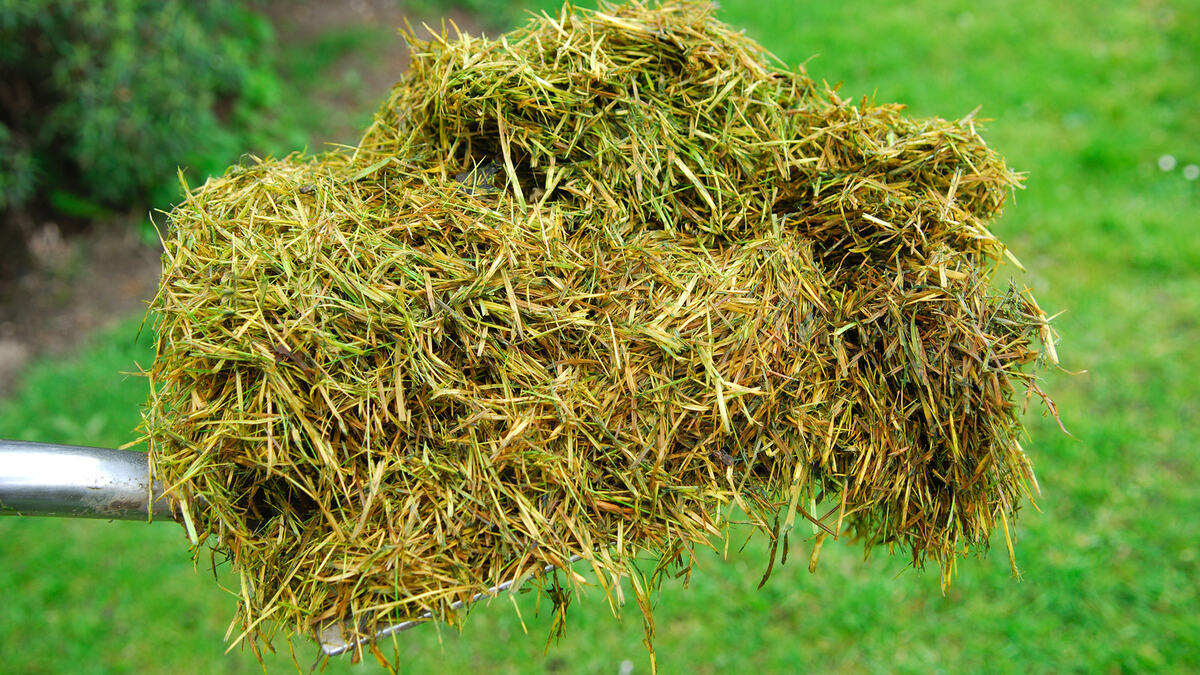
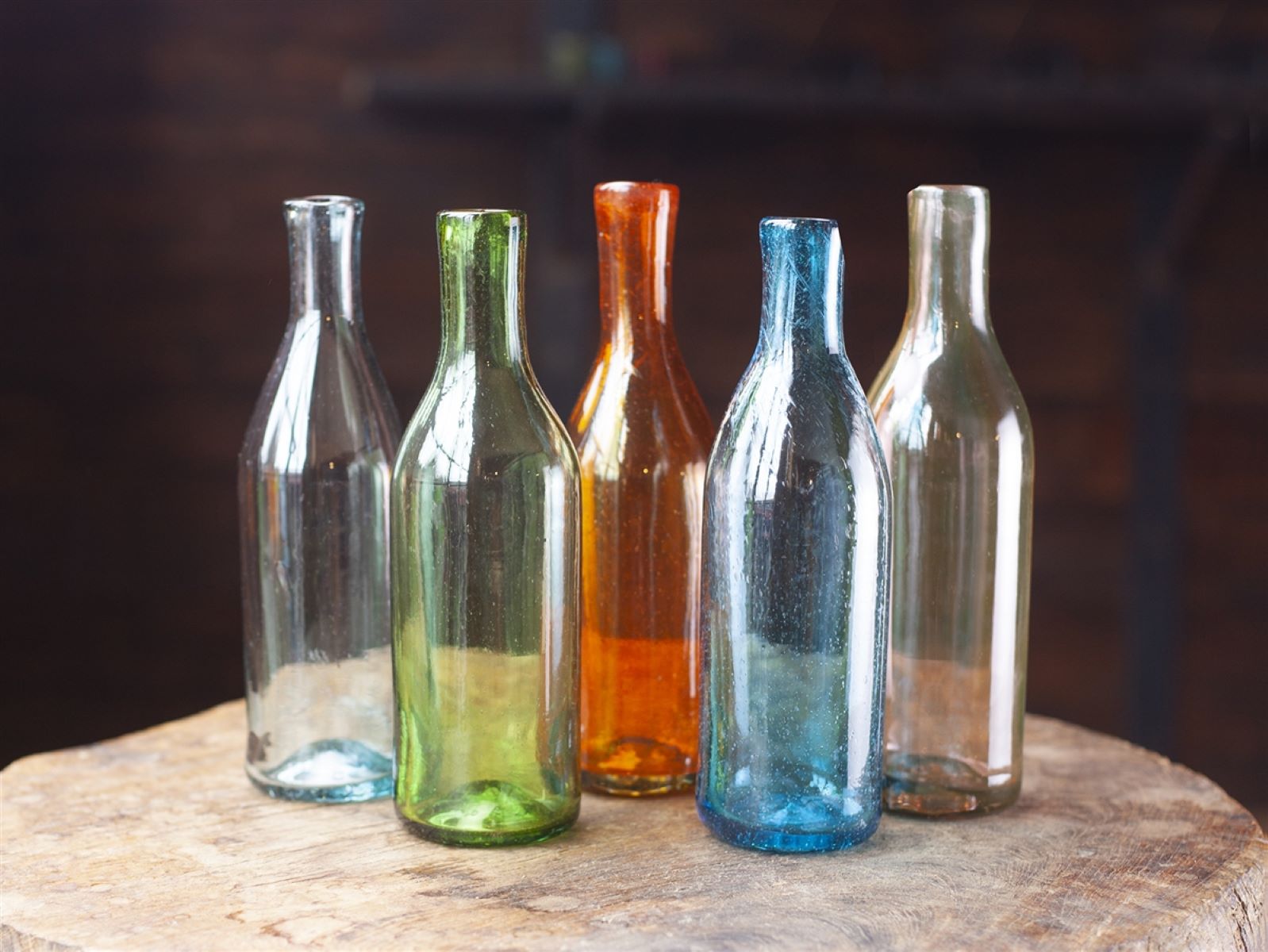
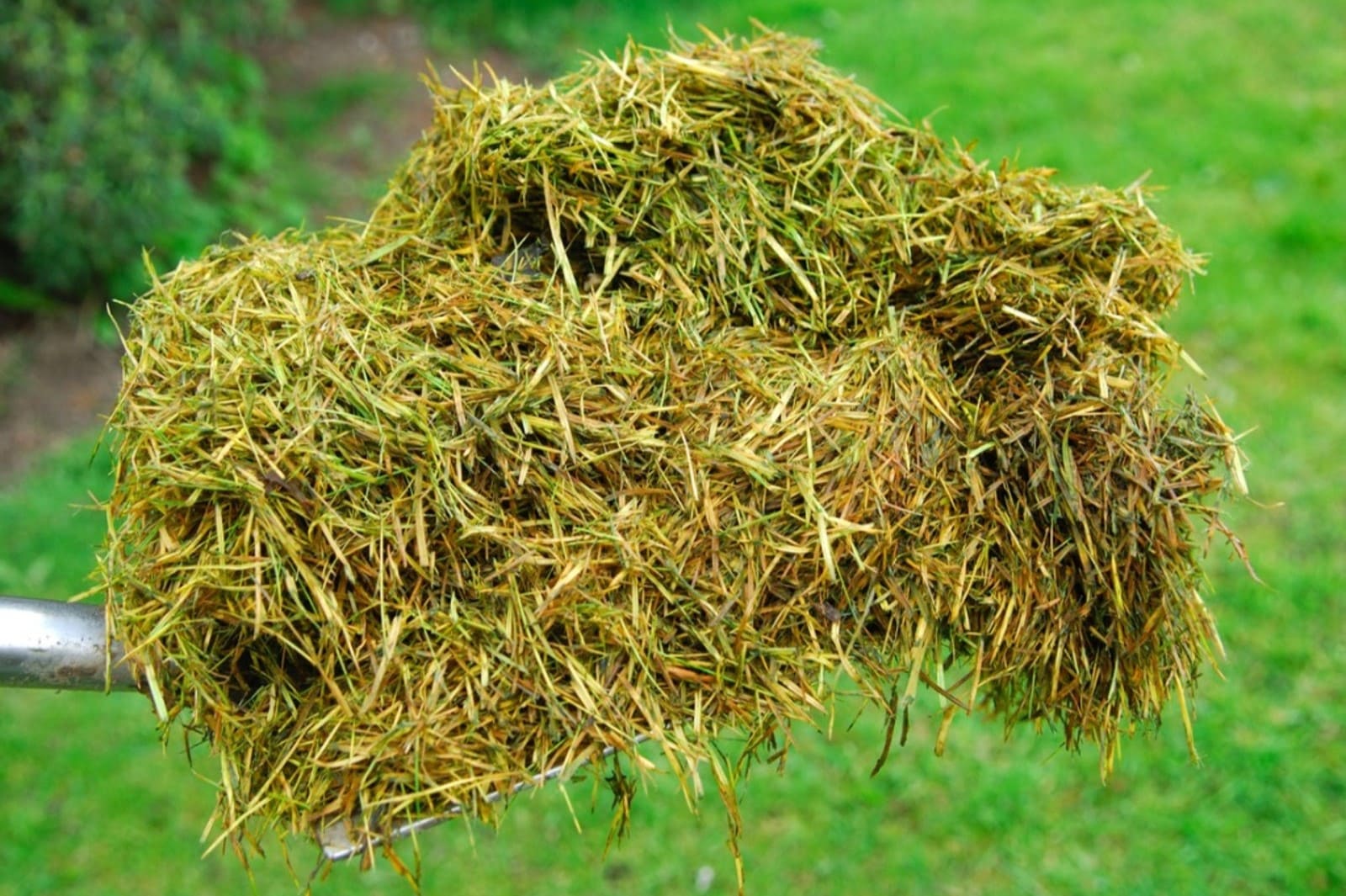
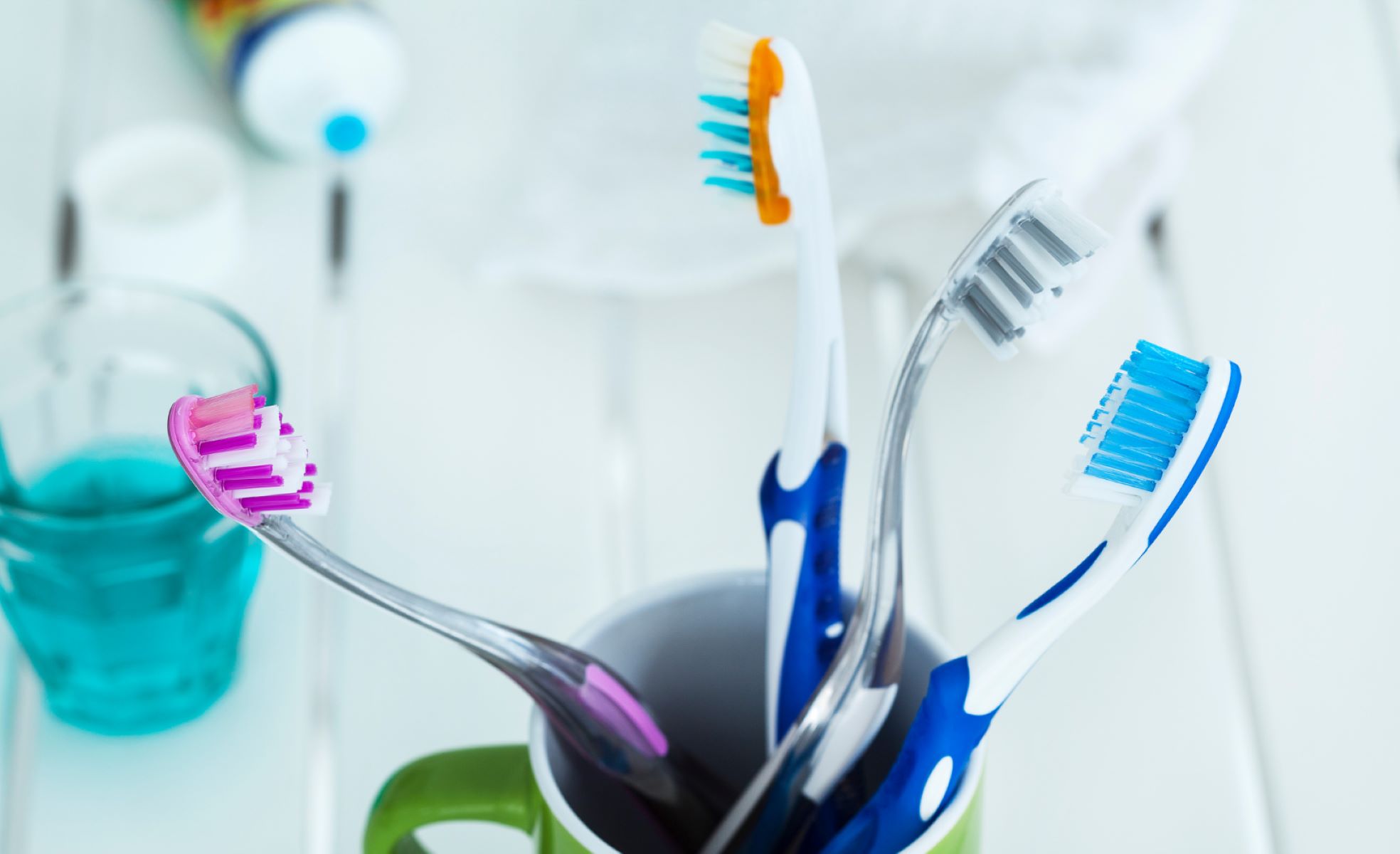
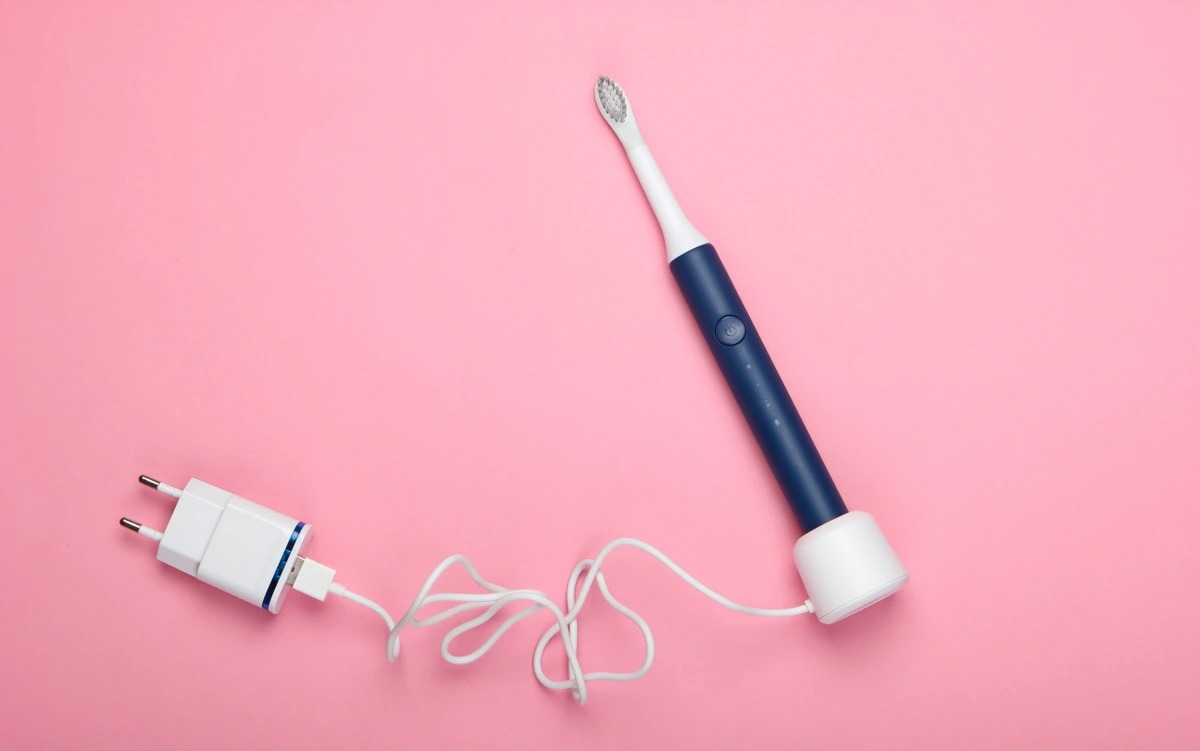
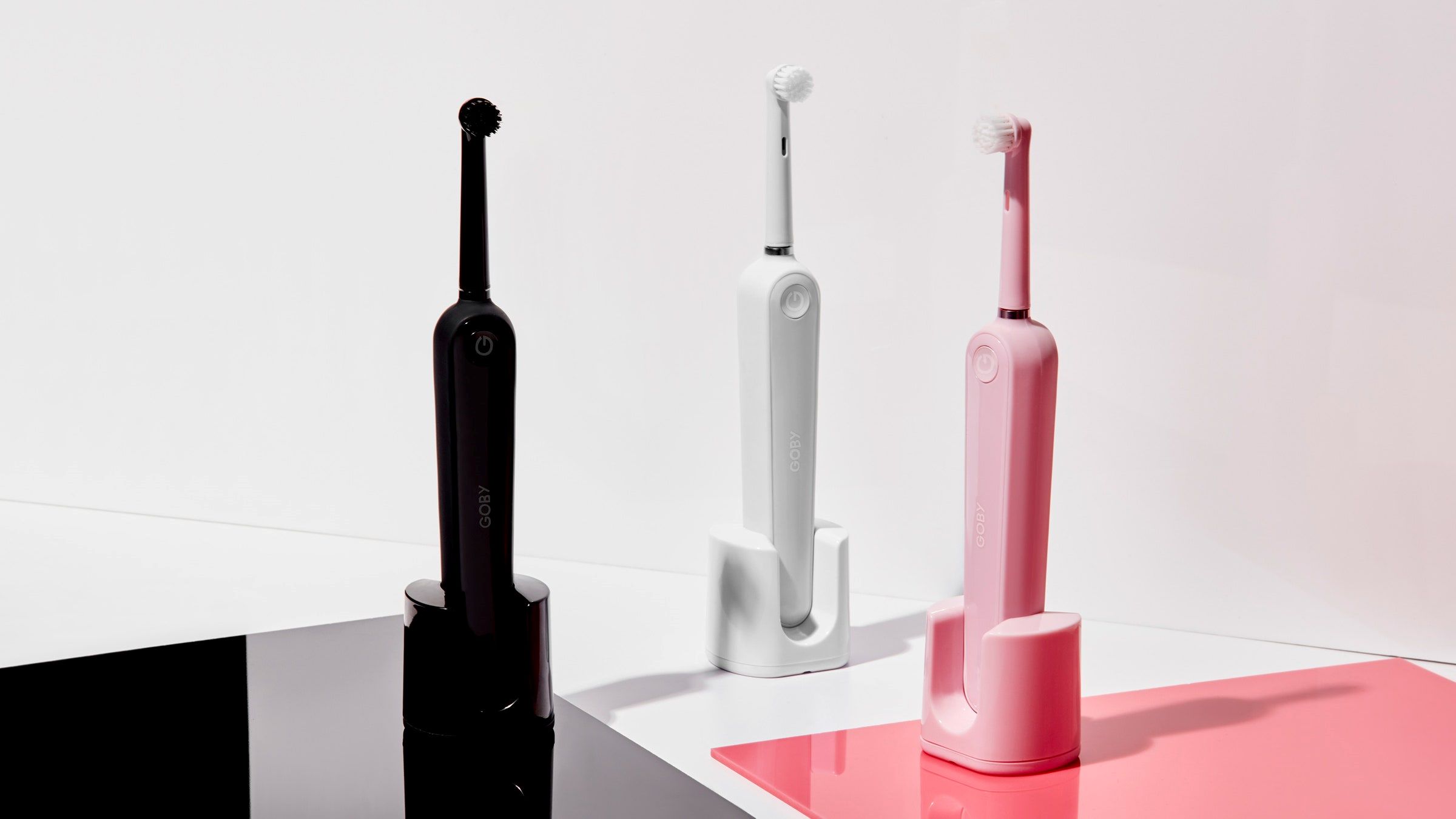
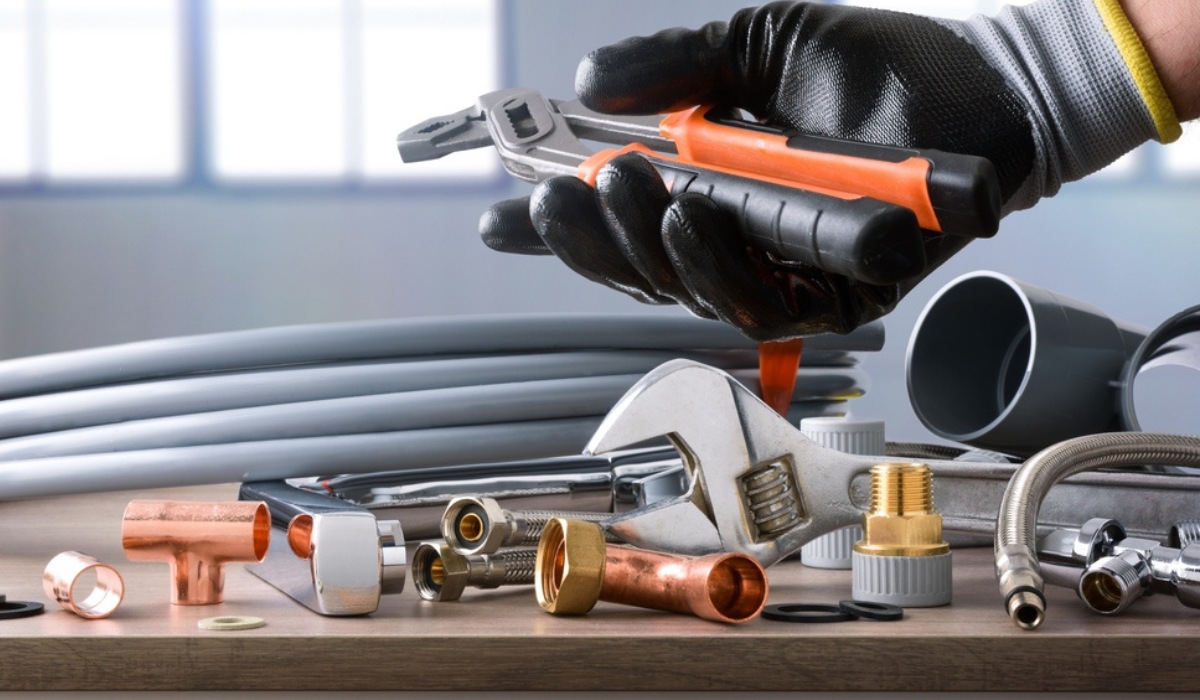
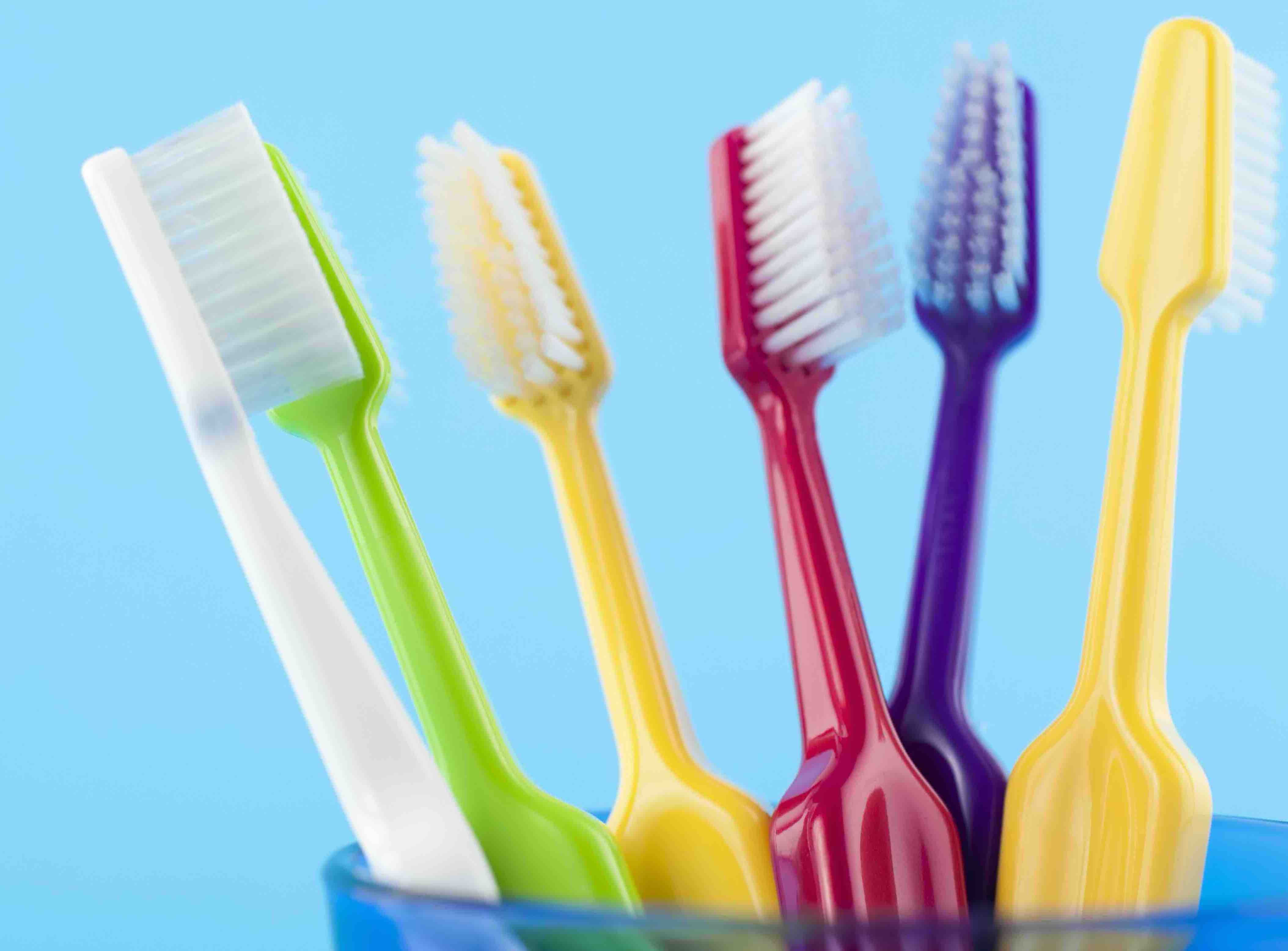
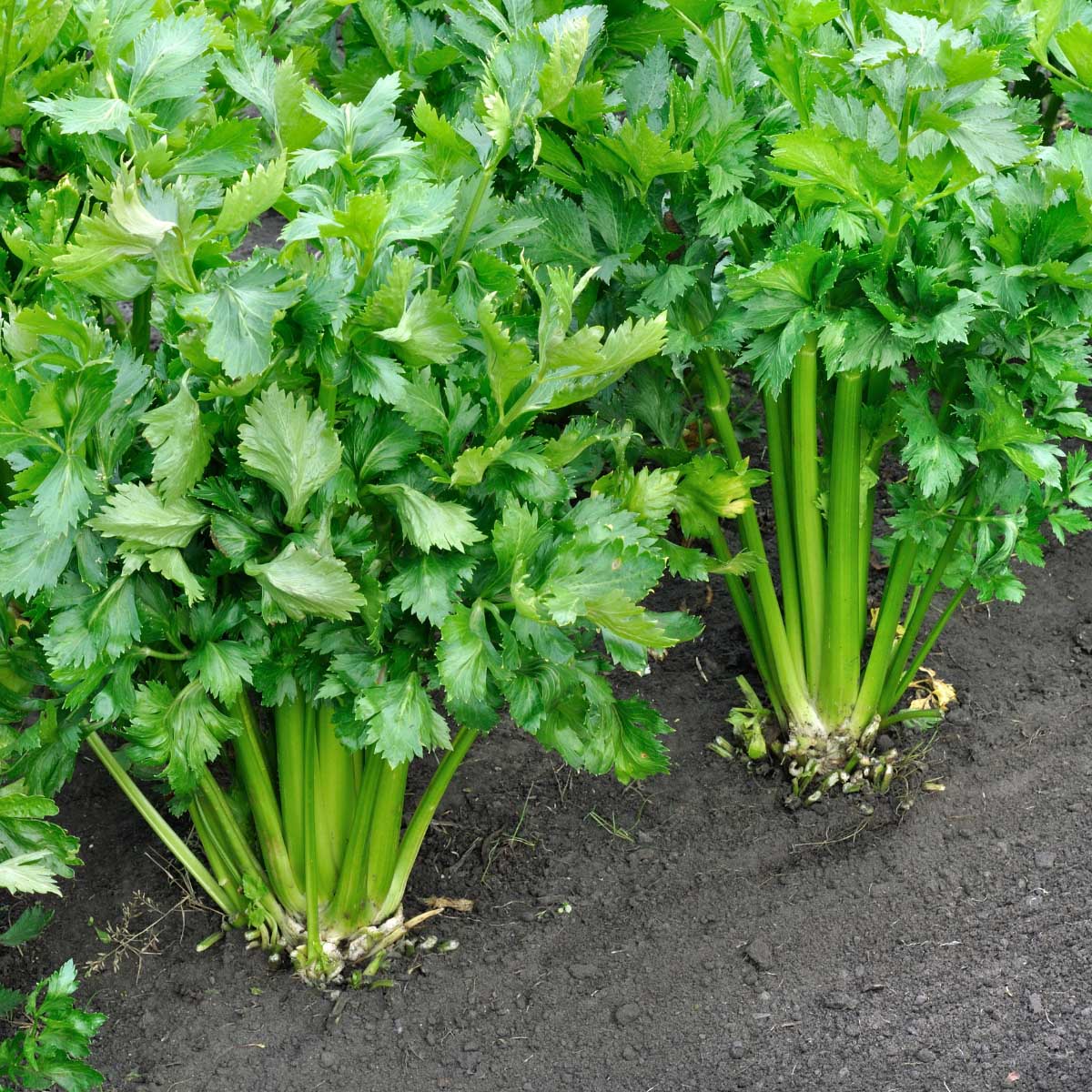
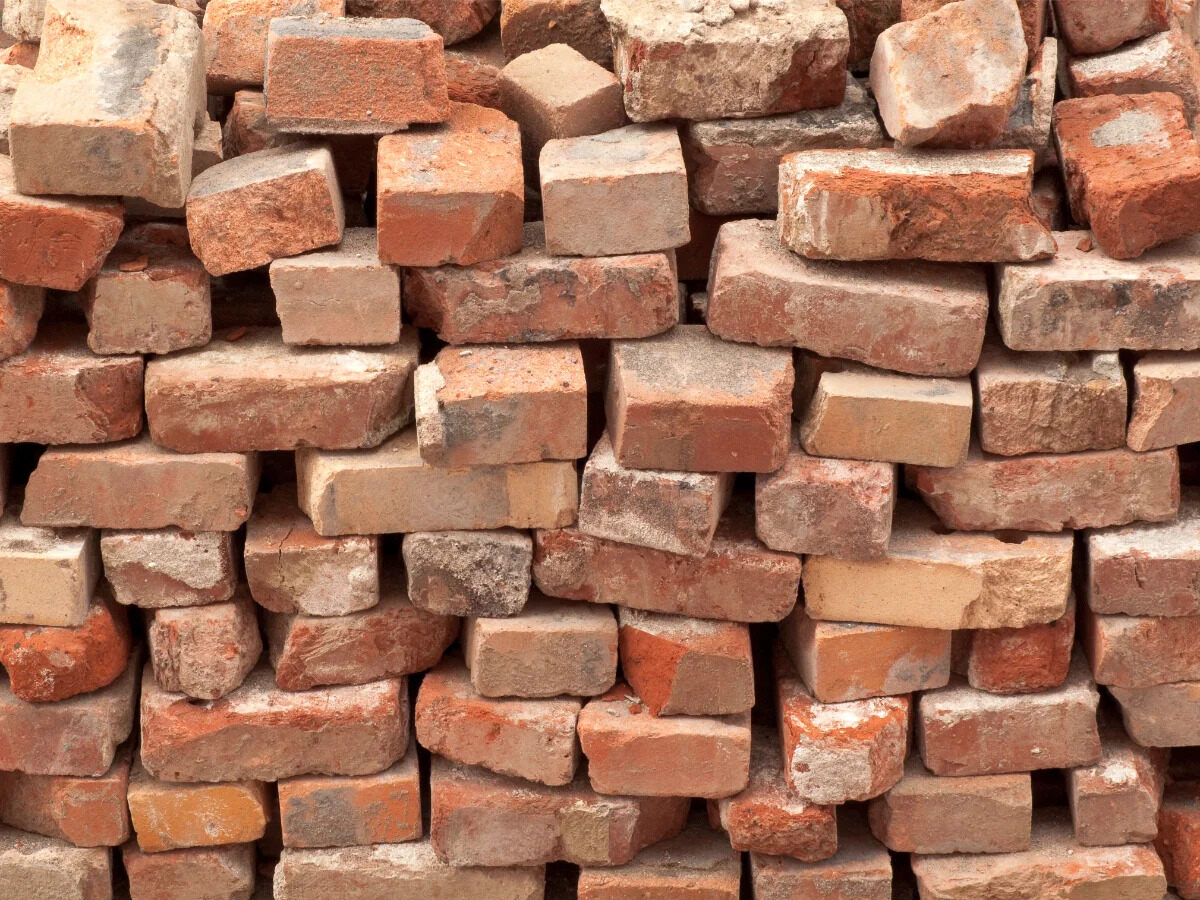


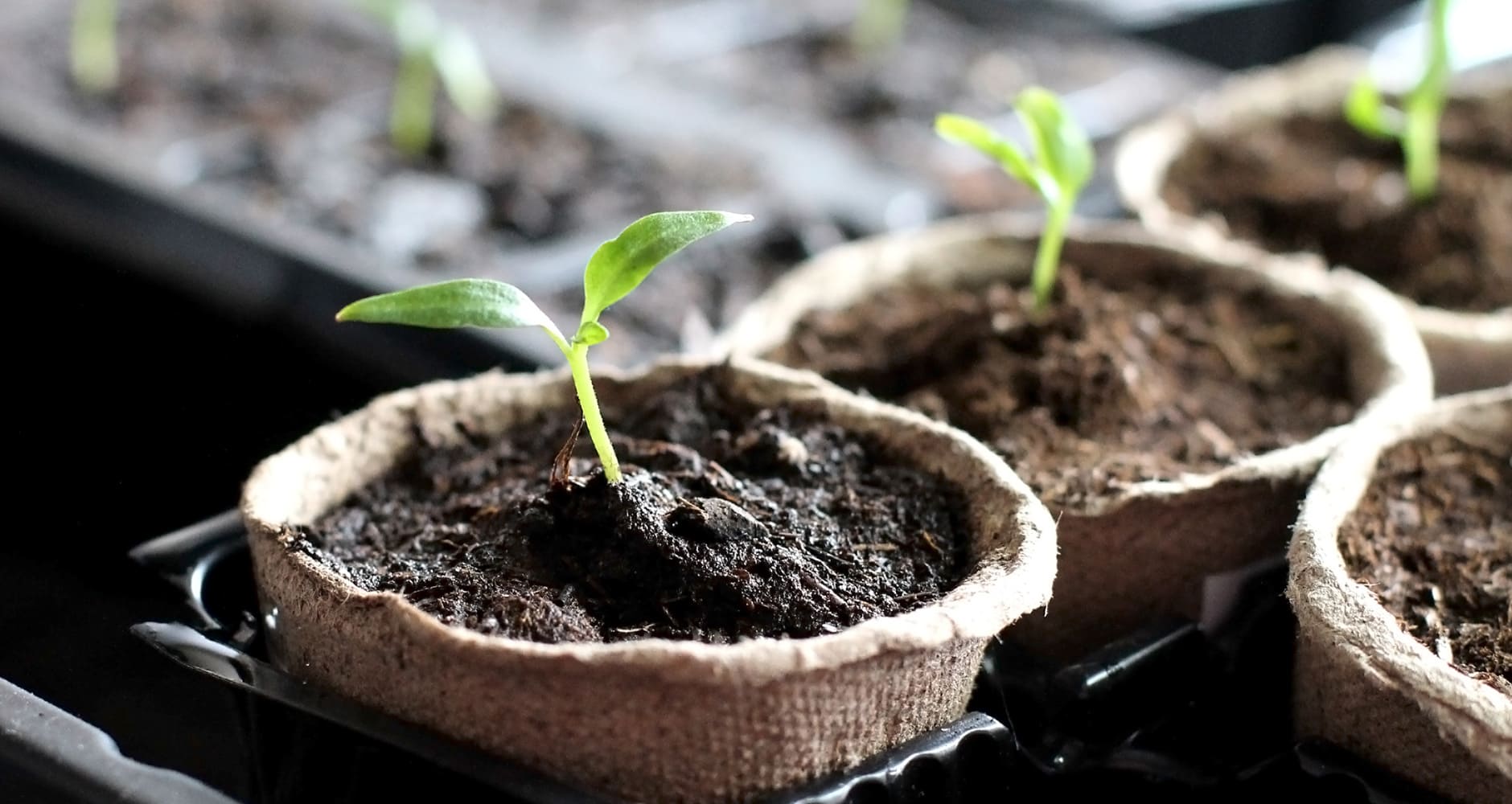

0 thoughts on “How Long Does A Plastic Toothbrush Take To Decompose”